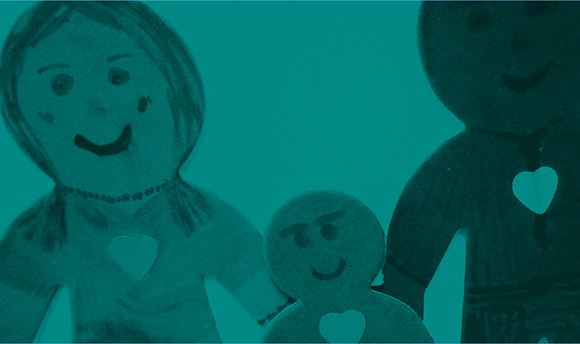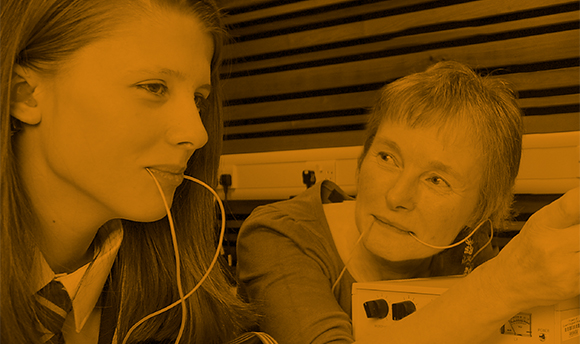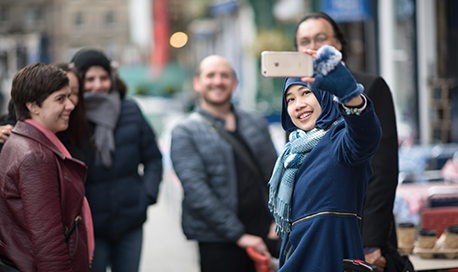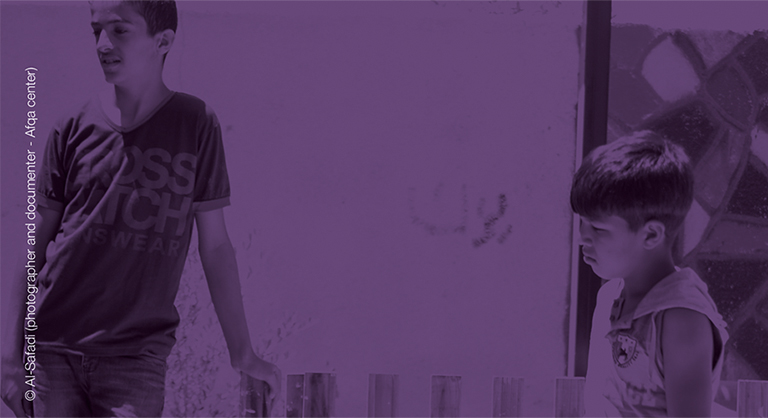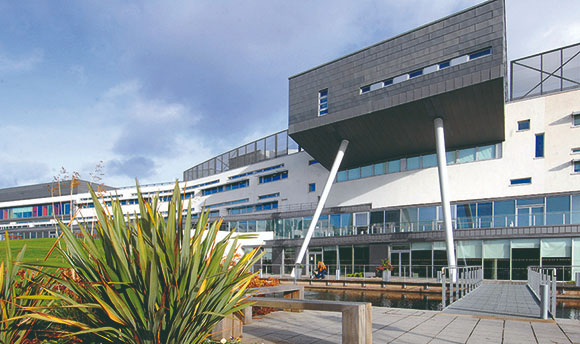Impact of RaceRunning on health and wellbeing
Does RaceRunning reduce cardiometabolic disease risk and improve functional mobility in young people with moderate to severe cerebral palsy? A pilot longitudinal cohort study (title of the successful application to Action Medical Research)
- Background
- Project
- Where might this research lead?
- How will the funding help you?
- Useful Contacts
Physical inactivity among people with cerebral palsy (CP) starts in early childhood and persist throughout the lifespan. Low levels of physical activity are associated with risk factors for cardiometabolic disease such as heart disease and type 2 diabetes mellitus. For young people with CP with moderate-to-severe difficulties walking, taking part in physical activities is especially challenging. Previous studies investigating the effects of exercise programmes for people with CP have rarely included these people. Another problem with previous studies is that most did not assess sustainability in the long term, i.e. whether people continued with the exercise programme once the study was finished. “RaceRunning” allows those who are unable to walk or propel a wheelchair, to move themselves using a running bike that has a breastplate for support and saddle but no pedals. As such, Running bikes allow people with moderate to severe CP to take part in ‘aerobic’ activities (activities which makes your feel out of breath), whilst using their legs and trunk with the potential to improve muscle function and functional mobility.
The aim of this project is to explore the feasibility of a future and large scale ‘definitive’ study investigating whether taking part in RaceRunning can reduce the risk of cardiometabolic disease and improve functional mobility. The focus of this study on cardiometabolic risk factors has a clear clinical relevance for health in later life given the high incidence of cardiometabolic disease in this population. Potential improvement in participant’s functional mobility may also positively affect people’s quality life and functional independence.
The outcomes of this research and other related RaceRunning research will inform a range of stakeholders such as physiotherapists, medical professionals (disability) sport organisations and of course families on both the feasibility and impact of RaceRunning participation.
As such it will inform their decision as whether or not to refer to, engage in, and further develop local RaceRunning opportunities and this will potentially result in various types of impact (e.g. health, quality of life). Dissemination of the research results both locally, nationally and internationally will further raise the profile of RaceRunning.
In research terms, the results of this study will also lead to peer-reviewed publications and inform further funding applications related to physical activity interventions for those with moderate-to-severe mobility impairment.
The funding will allow us to complete this study which will otherwise not be possible. This would be a missed opportunity for me and my co-researchers to further establish ourselves as conducting world leading RaceRunning research. I also feel very passionate about this fantastic opportunity for people who are unable to walk or have difficulties walking, to propel themselves independently, often at high speed!
Dr Marietta van der Linden's Staff Profile
Division: Division of Dietetics, Physiotherapy, Podiatry and Radiography (DPPR)


